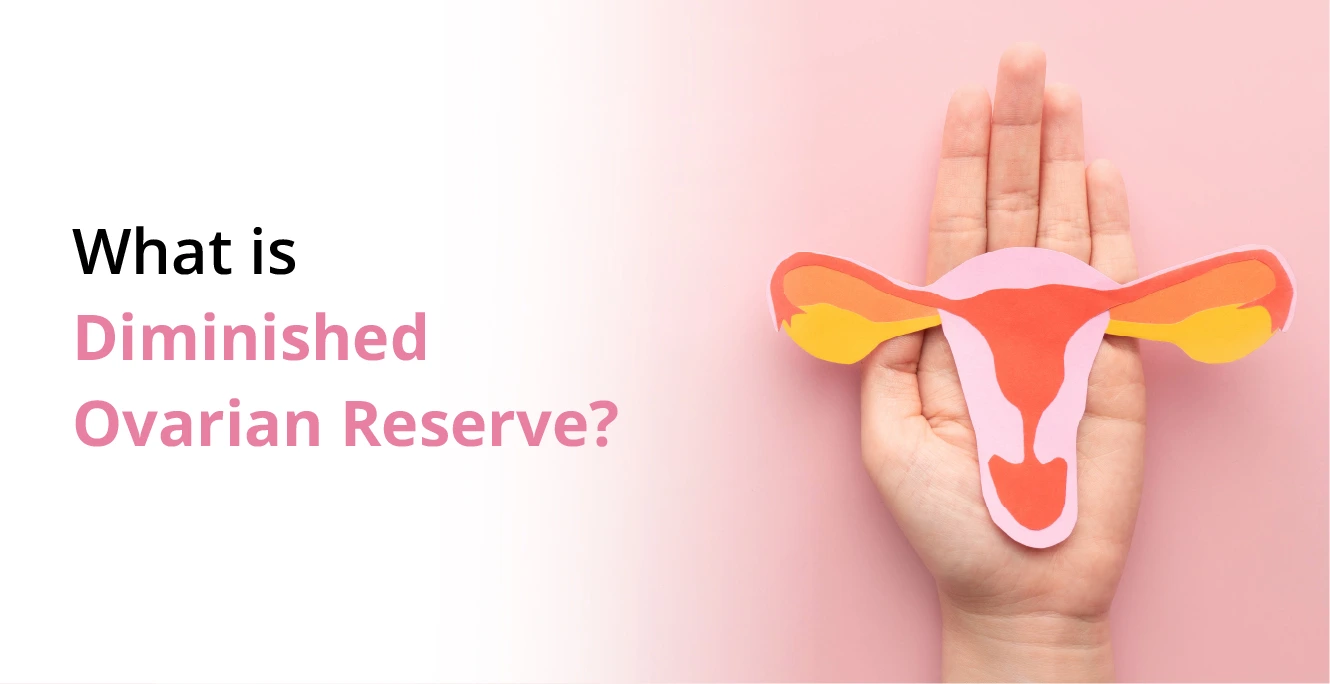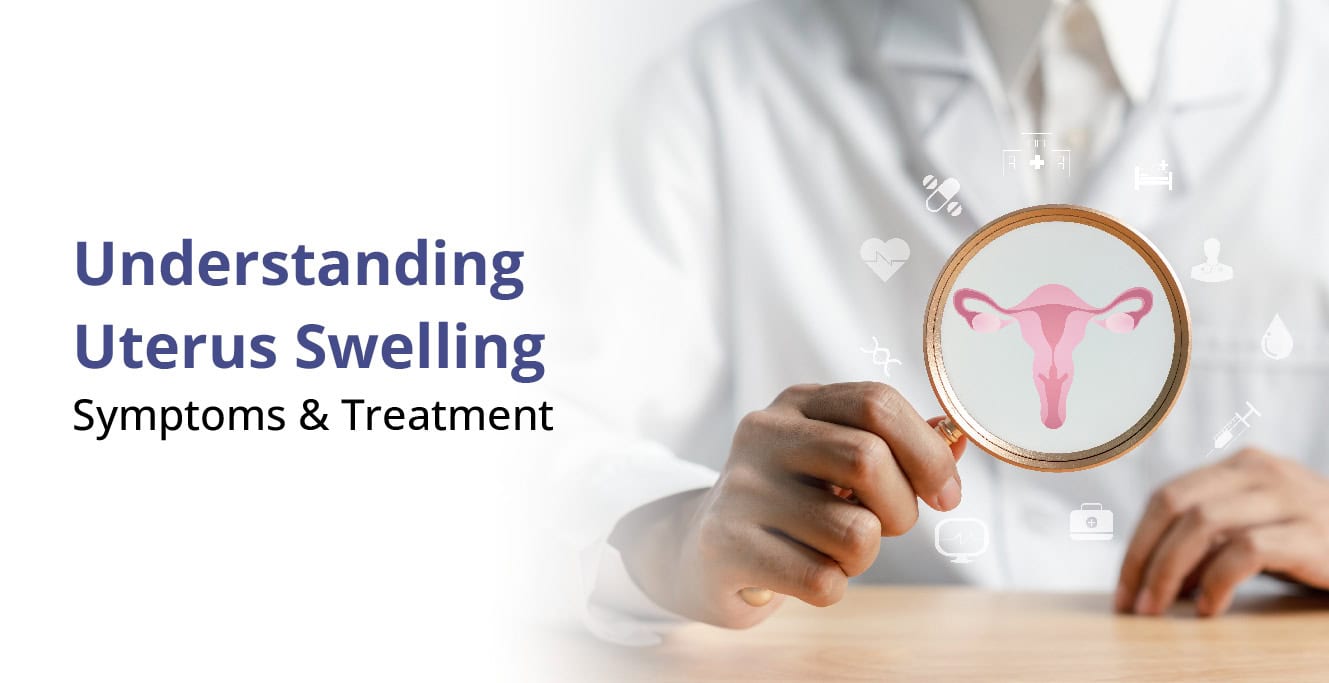
What is Salpingostomy?

Table of Contents
What is Salpingostomy?
The fallopian tubes are the tubes that connect your ovaries to your uterus. These tubes are located on either side of the uterus. Fertilization occurs in the fallopian tubes, where the sperm meets the egg.
The fertilized egg then travels down the fallopian tube to reach the uterus.
Salpingostomy is a surgical procedure performed on the fallopian tubes. It may involve a single incision or multiple incisions.
Salpingostomy is most commonly used to treat ectopic pregnancy. This is a condition in which a fertilized egg does not reach the uterus, and implantation takes place in the fallopian tube.
This can cause various problems as the products of conception build up in the fallopian tube as the embryo grows.
Why do you need a salpingostomy procedure?
A salpingostomy procedure is performed to treat certain medical conditions that affect the fallopian tubes. It is considered a less invasive approach than a salpingectomy, a surgical procedure to remove a fallopian tube.
Unlike salpingectomy, a salpingostomy allows you to preserve both the fallopian tubes.
The most common use of a salpingostomy is to prevent complications in case of an ectopic pregnancy. However, it is also used to treat other conditions, which we will discuss below:
Ectopic pregnancy
In an ectopic pregnancy, a fertilized egg implants outside the uterus, typically in the tubes. As the embryo starts to grow inside the fallopian tube, the wall of the tube may rupture. The rupture can be a serious medical complication because it can cause severe bleeding in the abdomen. The embryo material has to be removed from the tubes to prevent this from happening. A salpingostomy procedure is performed for this. A single incision is made in the wall of the tube, and the material is removed through it.
A salpingectomy is usually required if the tube has already ruptured due to ectopic pregnancy. This will completely remove the damaged fallopian tube.
A salpingostomy can be performed if the rupture has not yet taken place. A drug called vasopressin may be injected into the tube to reduce bleeding. The products of implantation are then removed from the tube through flushing or suction.
Problems with the fallopian tubes
Salpingostomy is used to treat various problems with the fallopian tubes. These include:
- Infection of the fallopian tubes
- Blockage inside the fallopian tubes
- Damaged fallopian tubes
Infection of the fallopian tubes
In case of infections in the fallopian tubes, salpingostomy can be used to make an opening in the tubes for treatment.
Blocked fallopian tubes
Hydrosalpinx, a condition in which fluid accumulates inside the tubes, can block fallopian tubes. This fills up the tubes and gives them a sausage-like appearance.
In hydrosalpinx, salpingostomy can be done to make an opening in the fallopian tube that connects it to the abdominal cavity. This procedure is also known as neosalpingostomy.
A neosalpingostomy can also be used to create a new opening in the fallopian tube when its opening is blocked. This allows the egg released by the ovary every menstrual cycle to move through the fallopian tube.
In this way, fertility can be restored.
Damaged fallopian tubes
Salpingostomy is often used to treat damaged fallopian tubes. Damage can take place when there is scarring in the walls of the fallopian tubes.
The scar tissue forms fibrous bands and takes up space within the tube. These bands of fibrous tissues are called adhesions, and they can block the fallopian tubes and make it difficult for the egg to travel through.
Other conditions
A salpingostomy may also be performed when there is cancer in the fallopian tube. It can be done as part of a birth control procedure to prevent you from getting pregnant permanently.
However, in such cases, a salpingectomy is usually required to remove the fallopian tube.
What is the procedure?
Salpingostomy is normally conducted under general anaesthesia. During the procedure, an incision is made to create an opening in the fallopian tubes. It may also be performed through a laparotomy.
Here, an incision is made in the wall of the abdomen, and fallopian tubes can be accessed and operated upon. The reason for making an incision in the abdomen is that it enables better access and view of the organs in the pelvic region.
Another kind of salpingostomy is laparoscopy. Here, several small incisions are made in the wall of the abdomen. This allows instruments to be inserted, along with a light source and camera lens if necessary.
It is also called a laparoscopic salpingostomy.
A laparoscopic salpingostomy is less invasive than a laparotomy. It also takes less time for recovery and may recover within 3 weeks. In general, the recovery period for a salpingostomy varies between 3 to 6 weeks.
Salpingostomy cost varies depending on the kind of procedure. A procedure to unblock the fallopian tube can cost around Rs. 2,00,000.
Side effects of a salpingostomy procedure
Possible side effects that you may experience after a salpingostomy procedure include:
- Difficulty in passing urine
- Nausea
- Pain in the abdomen or pelvic region
- A strong-smelling discharge
- Vaginal bleeding or spotting
In case you experience any severe symptoms such as heavy bleeding or sharp pelvic pain, make sure to visit the clinic where you got the procedure done or a nearby medical professional.
Conclusion
Issues with the fallopian tubes can affect your fertility and your ability to become pregnant. A salpingostomy procedure can assist in treating these issues. It can also help prevent serious medical complications in an ectopic pregnancy. However, in such cases, it may also affect your fertility.
If you are concerned about issues with your fertility, it is best to see a fertility specialist. Fertility testing can help you understand what may be preventing you from becoming pregnant. Your fertility specialist can then find the best course of treatment for you and your partner.
For the best fertility treatment and care, visit Birla Fertility and IVF or book an appointment with Dr. Shilpa Singhal.
FAQs:
1. Is salpingostomy a major surgery?
Salpingostomy is not a major surgery. It involves a single incision or multiple small incisions, such as in a laparoscopic salpingostomy. It is considered a less invasive procedure as compared to salpingectomy, where one or both of the fallopian tubes are completely removed.
2. Can you get pregnant after a salpingostomy?
Yes, pregnancy after salpingostomy is possible. In the case of ectopic pregnancy, the products of conception can be removed without seriously affecting fertility. However, fertility may be reduced.
In other cases (like blocked or damaged fallopian tubes), salpingostomy can help you get pregnant because it helps treat the problems like removing the blockage. This allows the egg to travel through the fallopian tube, fertilize with the sperm, and move to the uterus, where implantation takes place.
3. What is salpingostomy for ectopic pregnancy?
Salpingostomy for ectopic pregnancy is performed to prevent rupturing and serious complications in an ectopic pregnancy. An incision is made in your fallopian tube, and the products of fertilization and implantation are removed. This prevents the material from blocking and rupturing the fallopian tube.
Our Fertility Specialists
Related Blogs
To know more
Birla Fertility & IVF aims at transforming the future of fertility globally, through outstanding clinical outcomes, research, innovation and compassionate care.
Had an IVF Failure?
Talk to our fertility experts

 Our Centers
Our Centers







